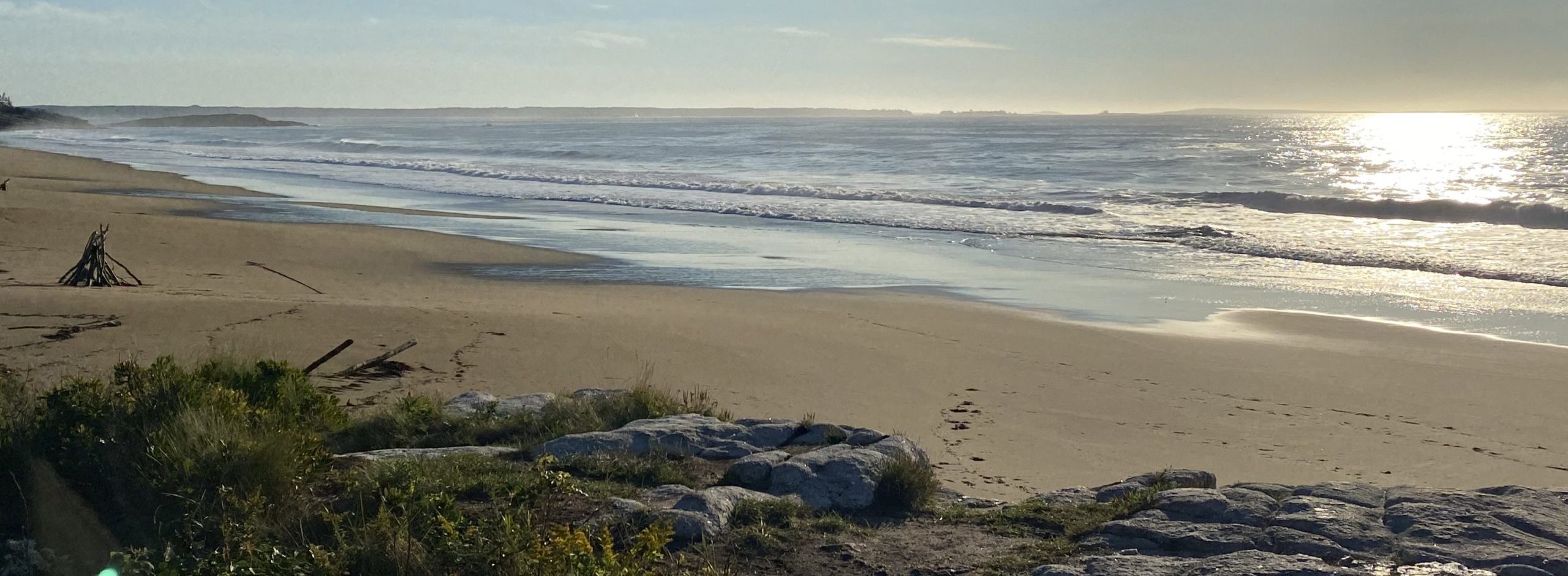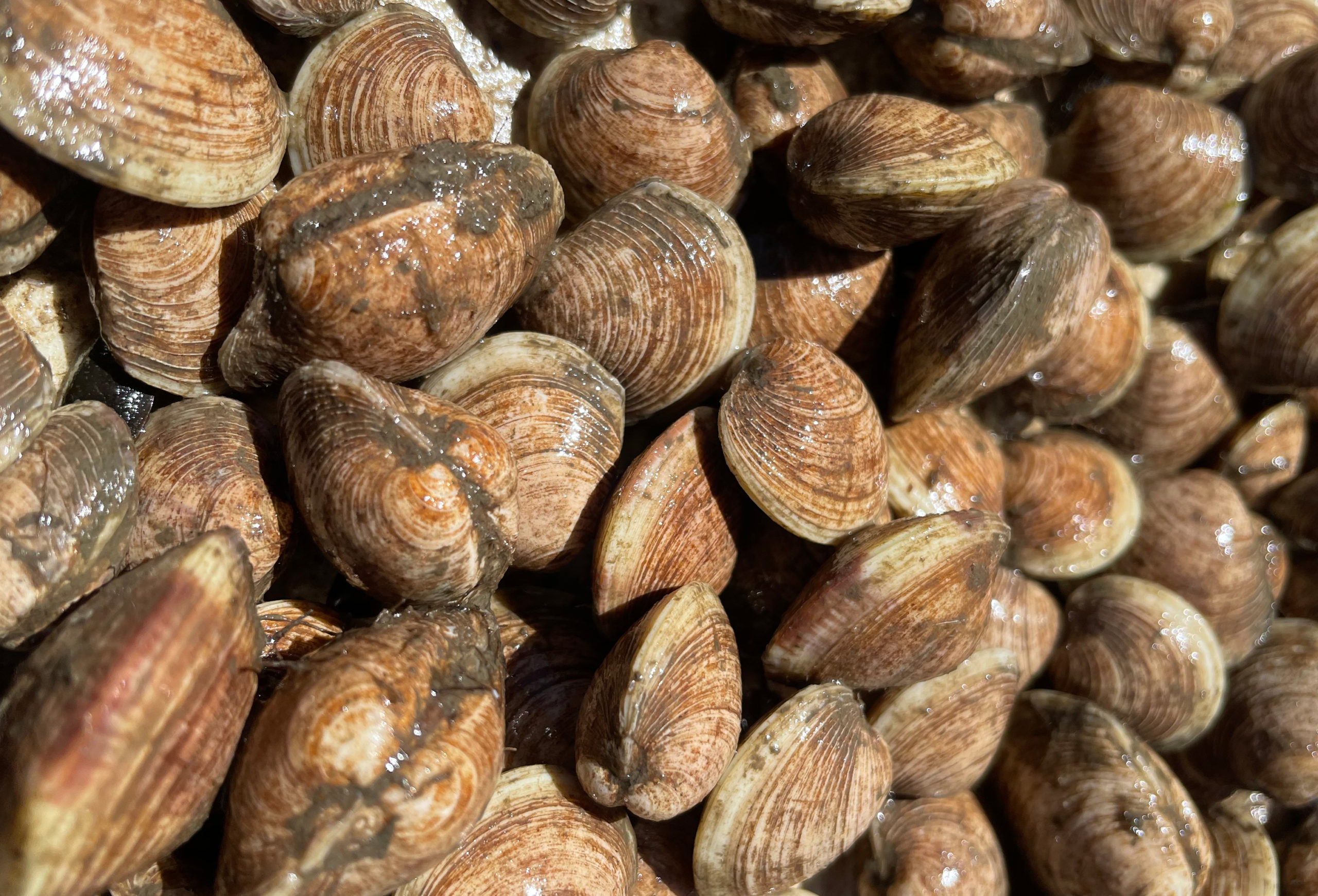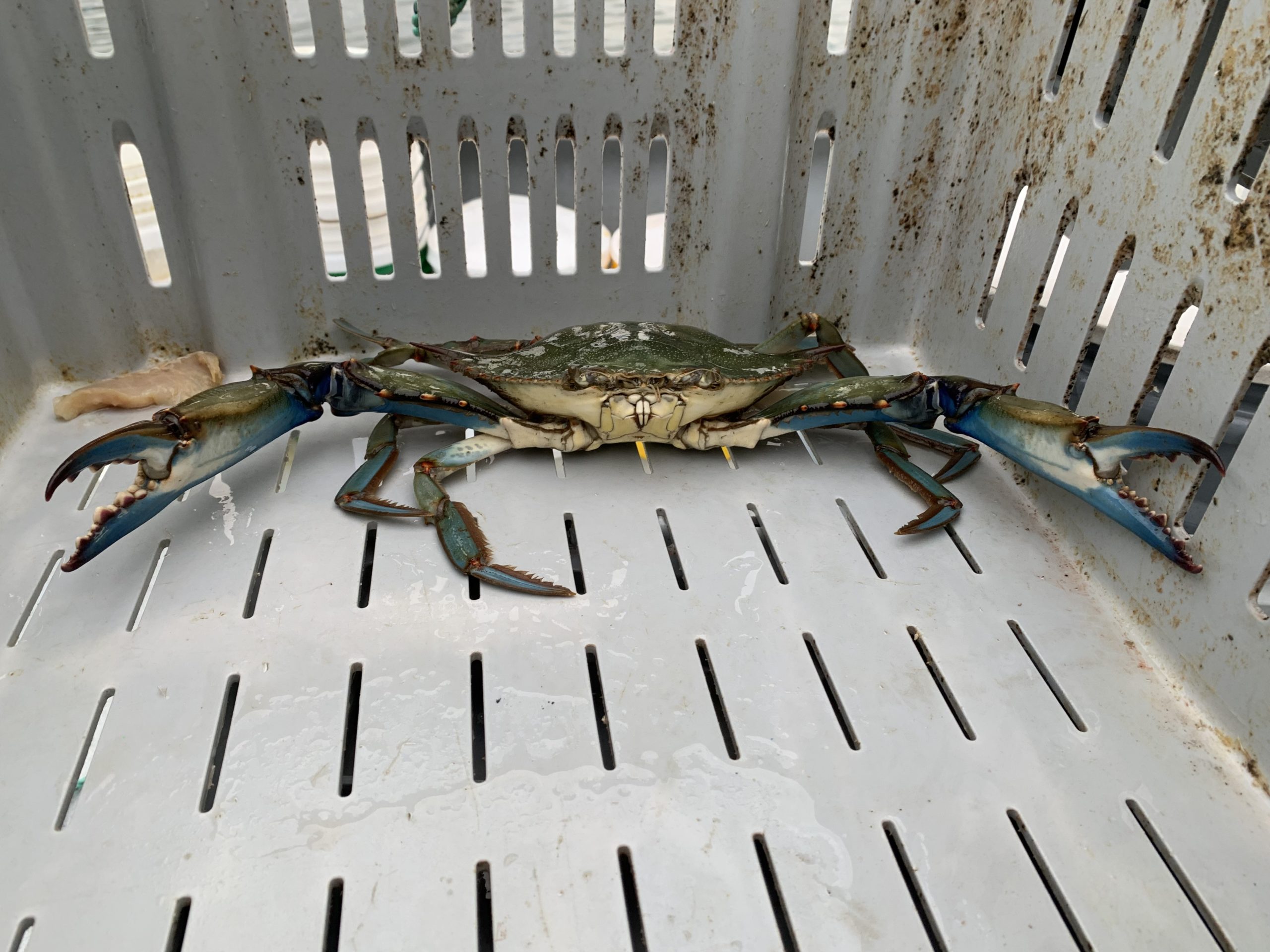Fall is a time of many changes; on land, it’s hard to ignore the changing color of the leaves and cooling temperatures. While the changes happening underwater may not be as visible, if you look close enough, you’ll see that marine organisms go through their own transitions, too. Several species are currently preparing for the harsh winter conditions of the Gulf of Maine and the changing seasonal cues trigger many different types of behavior. If you find yourself in intertidal and shallow subtidal areas of the coast of New England this season, see if you can spot examples of these seasonal marine phenomena.
For most shellfish, the growing season is during the warmer months, when there is more food available in the water. As the waters cool, growth slows and species such as Crassotera virginica, or the eastern oyster, start to accumulate food in preparation for their winter hibernation. Oysters produce glycogen, a sugar, which is stored in fat reserves to allow the oyster to survive when there are fewer nutrients available in the water. While many people associate oysters with summer evenings on the deck, fall is a great time to support your local oyster farm with the oysters at their plumpest! (Below, Ieft: Fertile female scallop close to spawning. Right: Quahogs.)





 Back to all
Back to all

